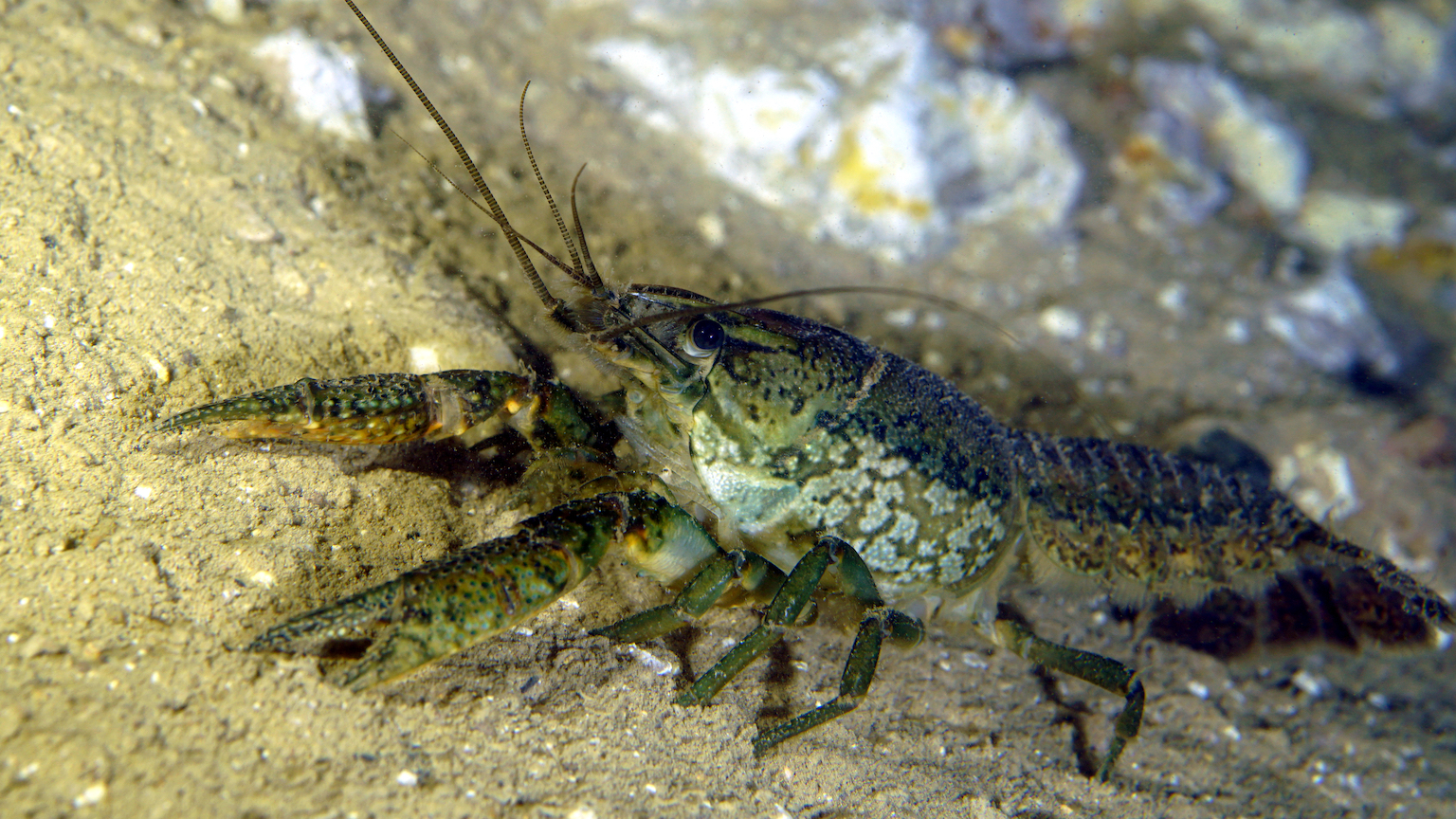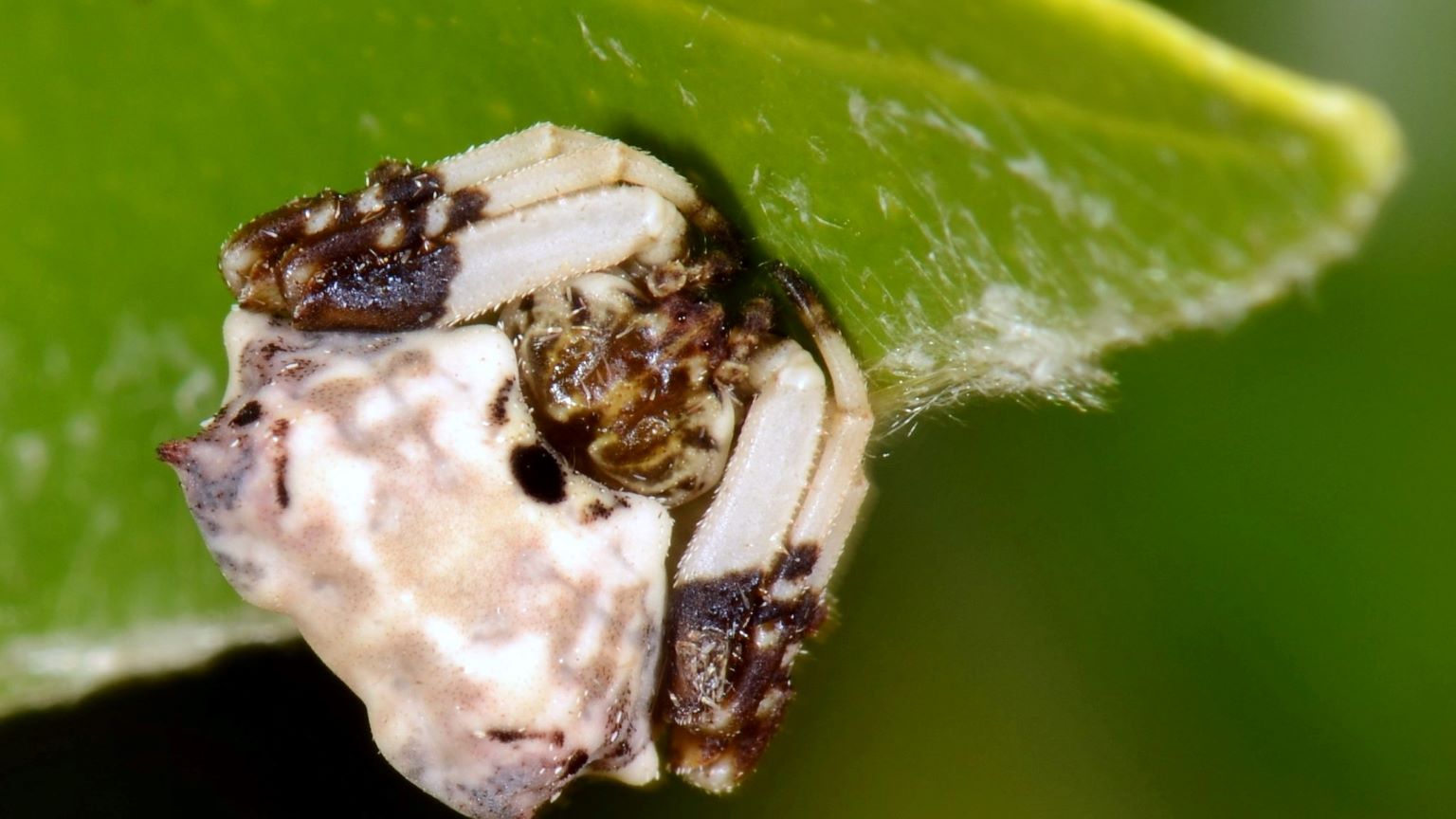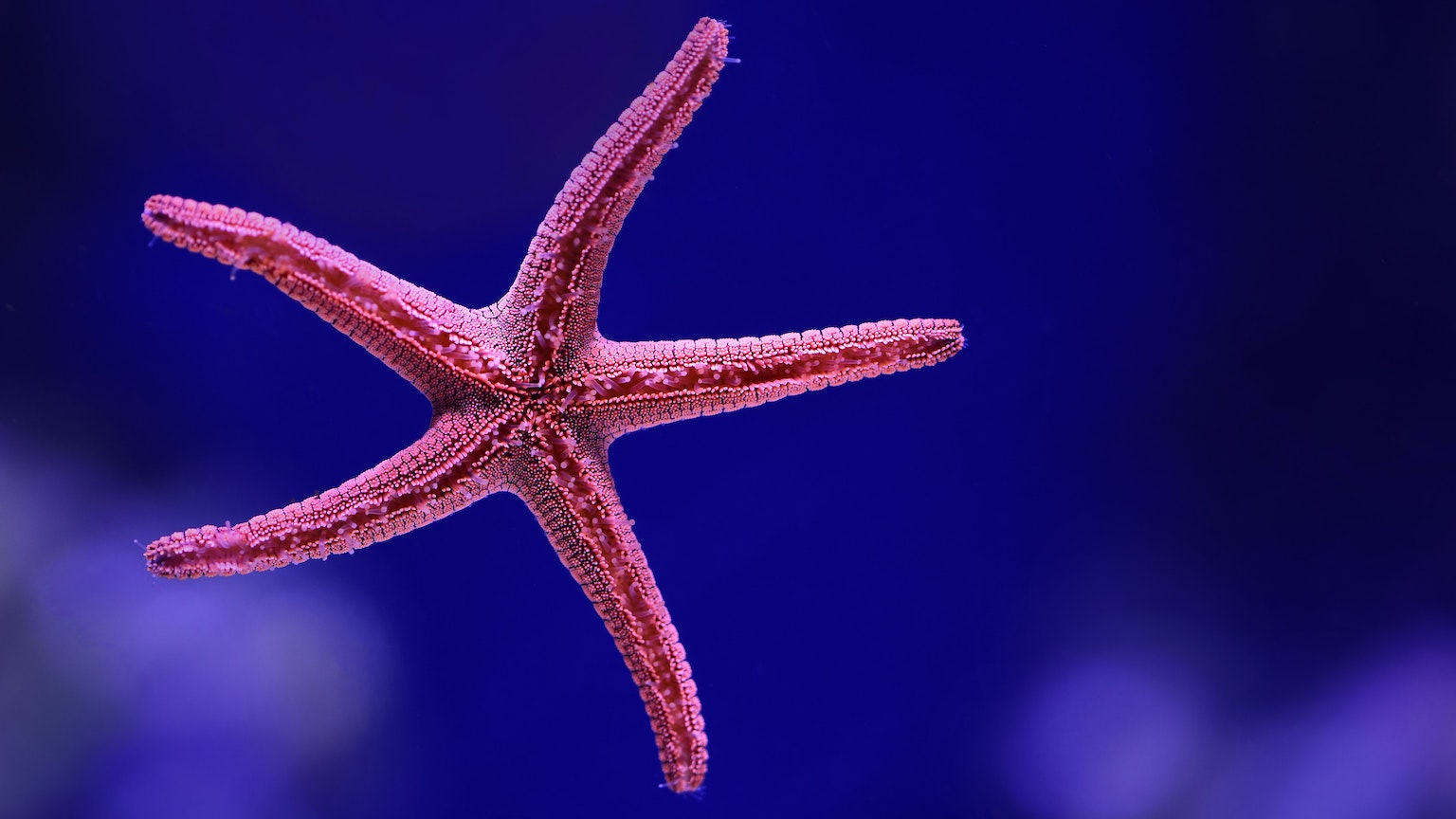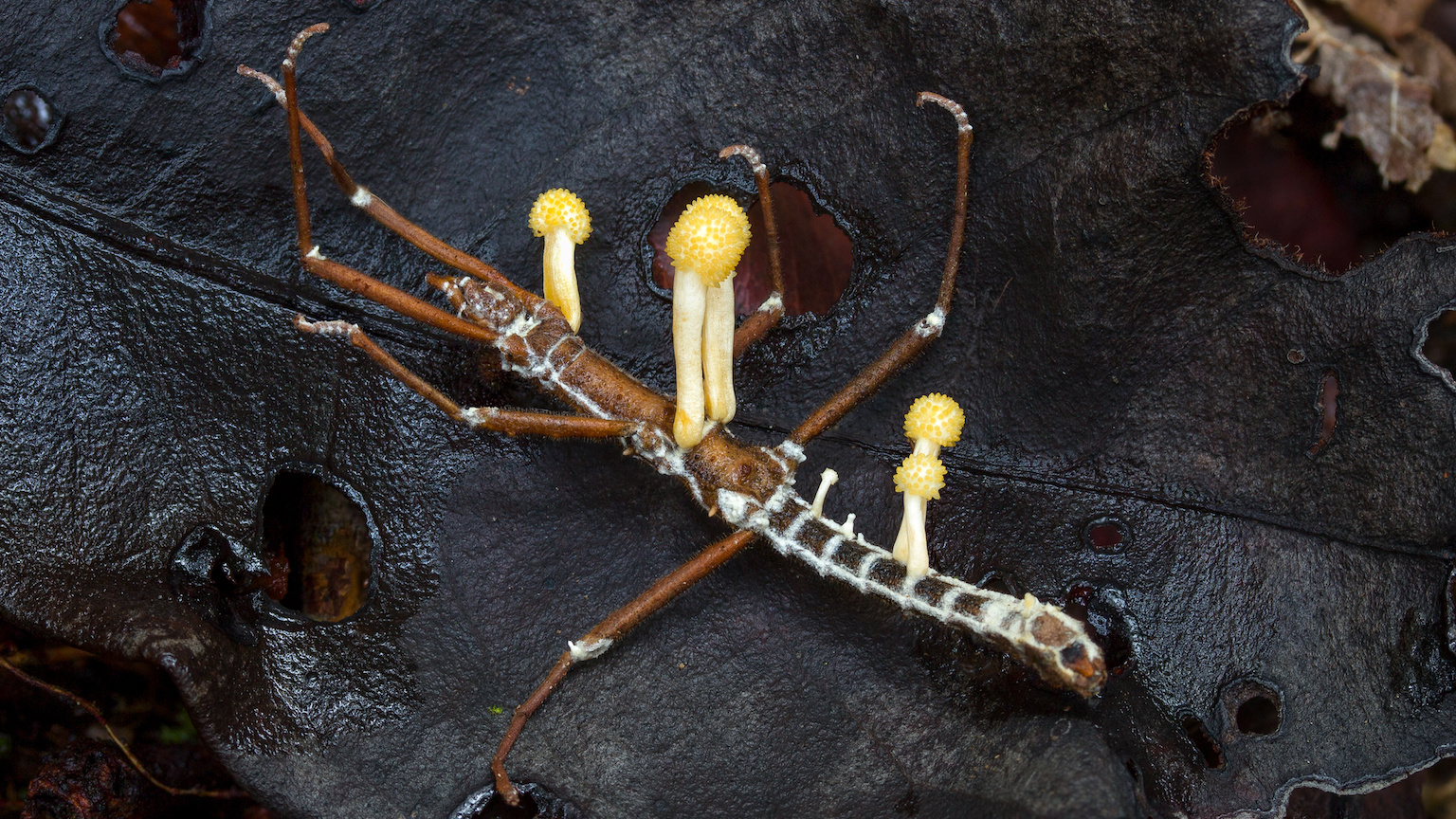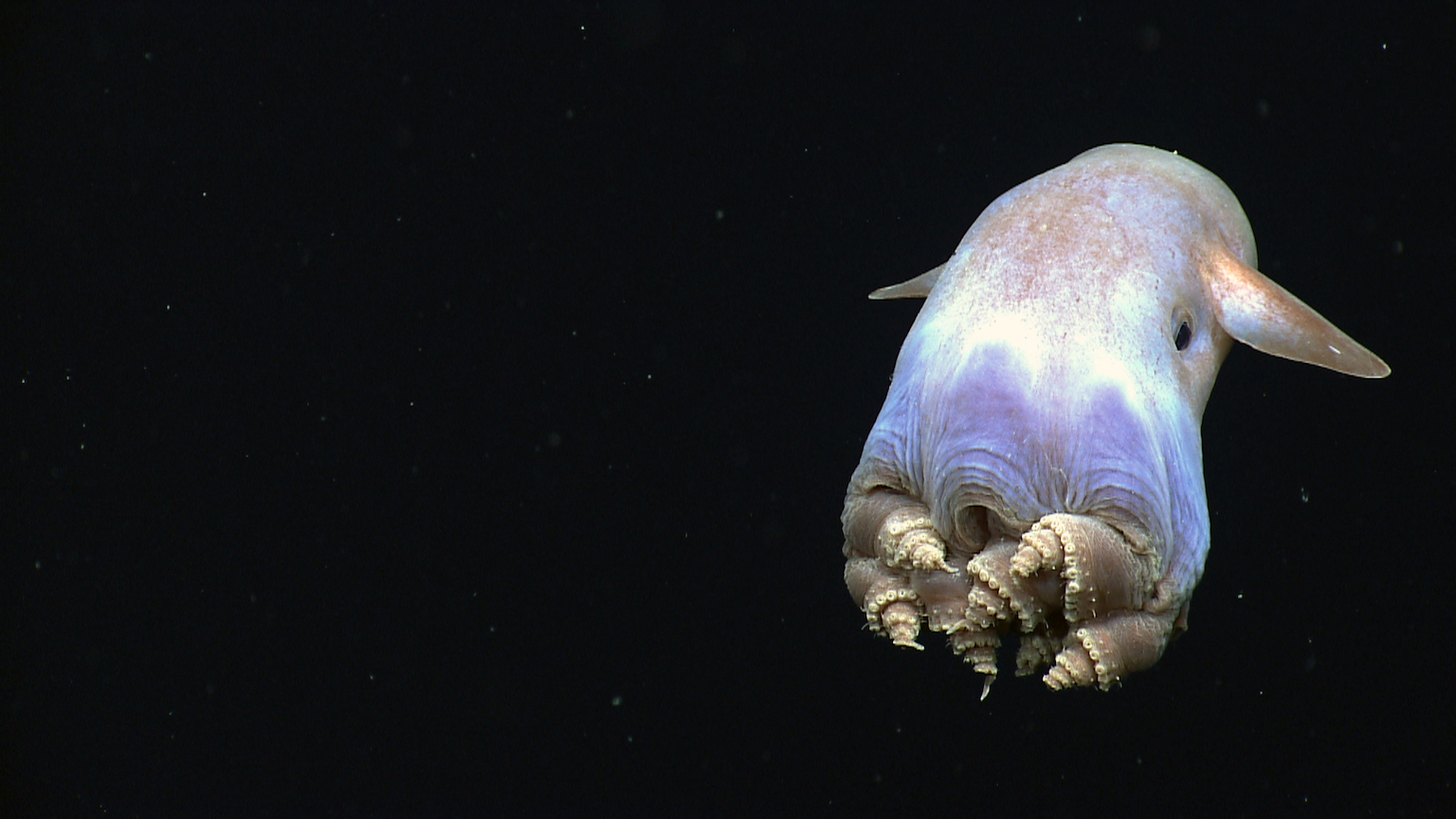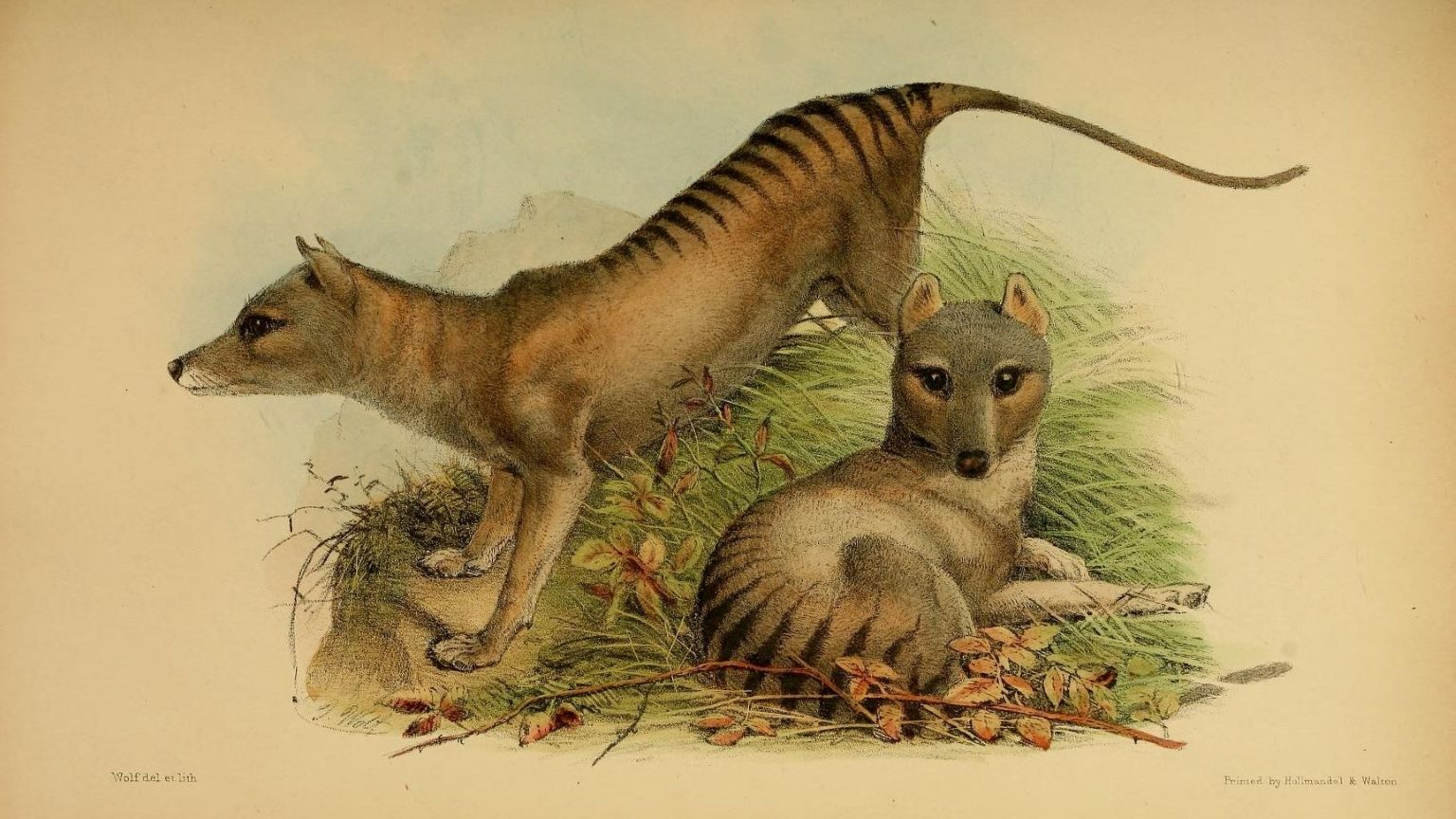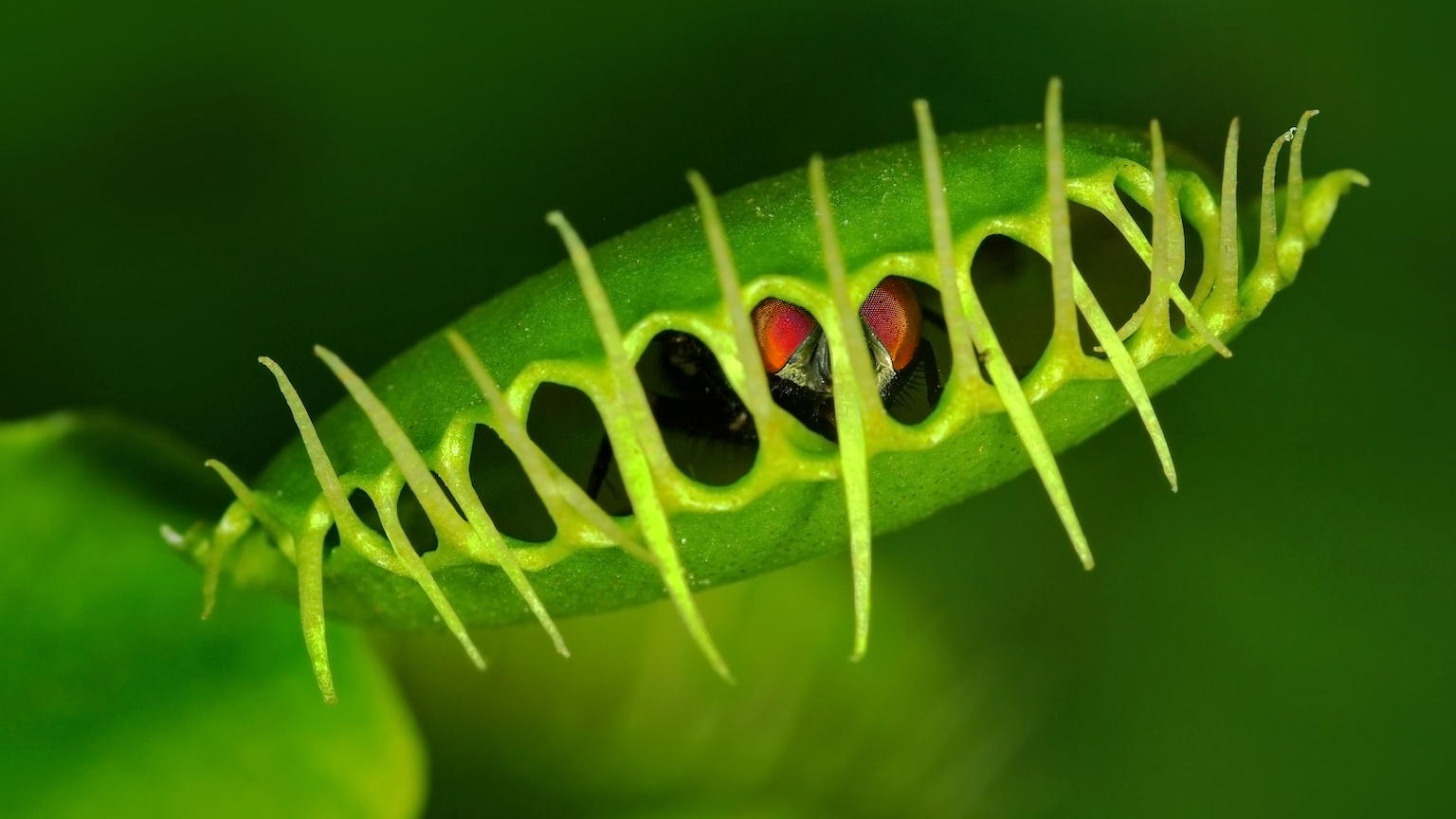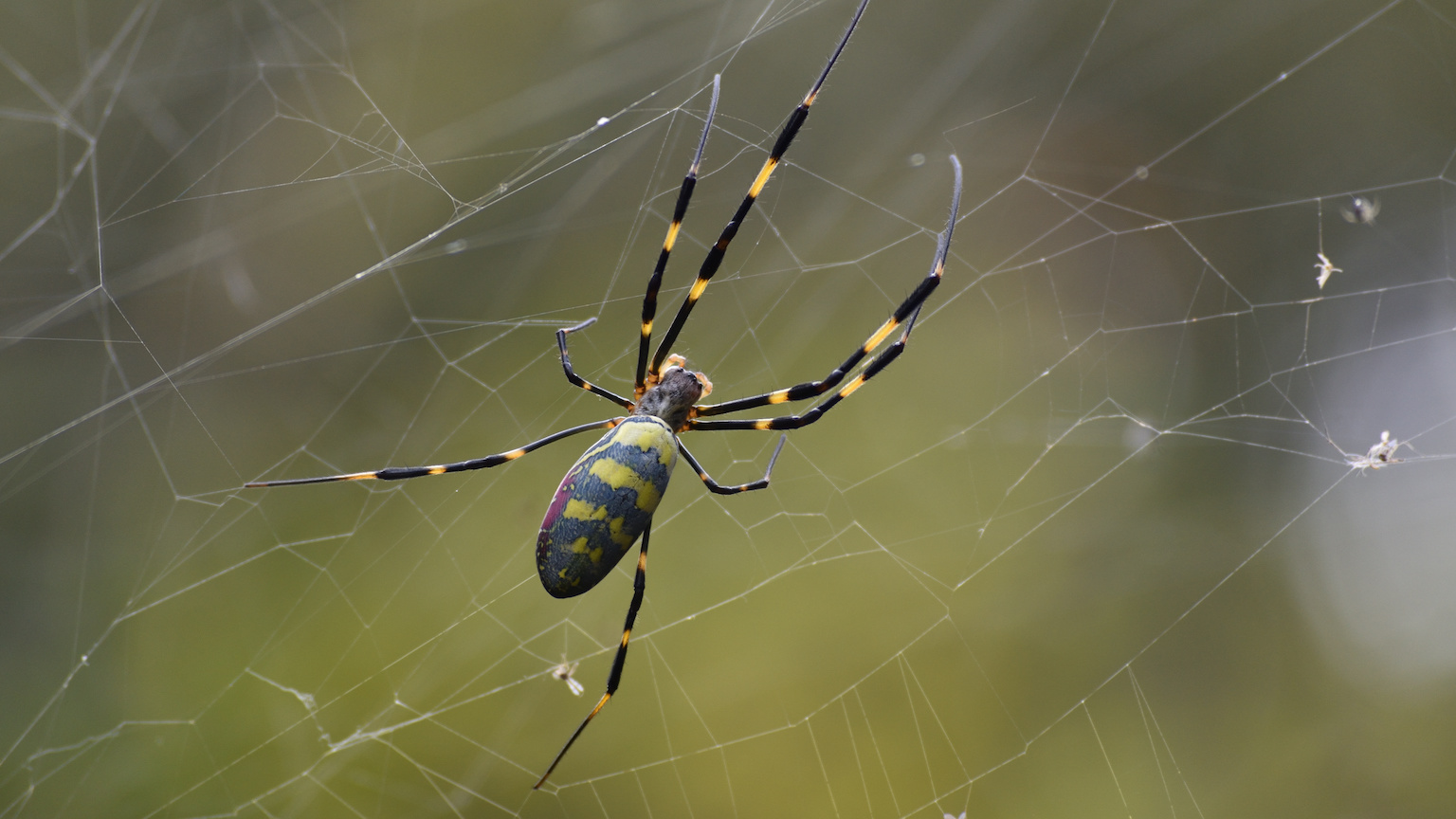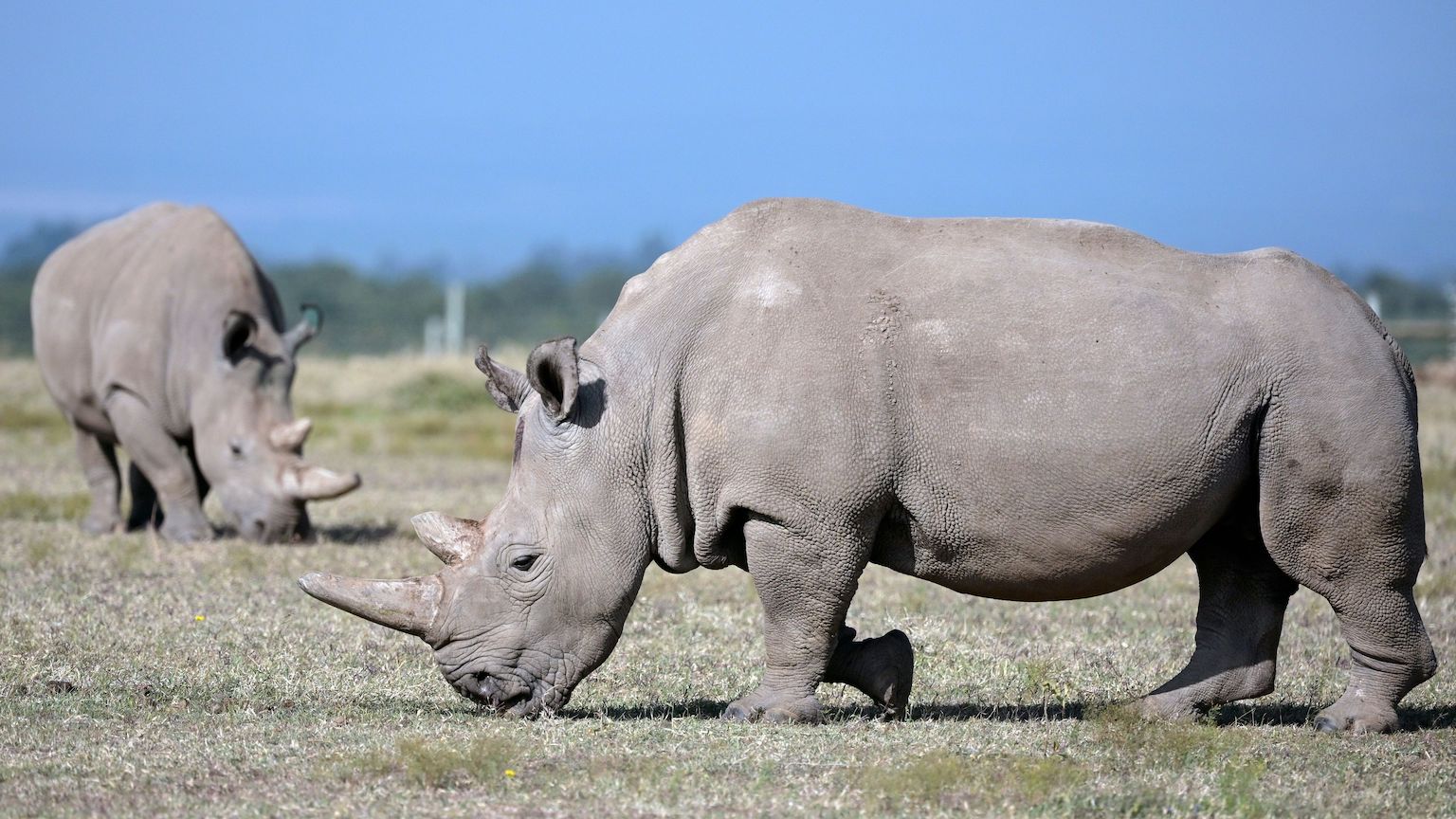Life
All Stories
Yorkicystis lived during the “Cambrian explosion,” 539 million to 485 million years ago – hundreds of million years before the dinosaurs.
All marbled crayfish descended from a single clone discovered in Heidelberg, Germany in 1995.
It’s not about leaves in tall trees.
For 40 years, scientists thought a specific gene was linked to aggression in hamsters. Removing it, however, had violent consequences.
Scientists have discovered enzymes from several plastic-eating bacteria. So, why are our oceans still full of plastic pollution?
We already know animals feel emotions, and that they can understand humans’ emotions. But can they understand each other’s emotions?
Some astrobiologists believe life is rare, while others believe it is common in the Universe. How can we find out which view is correct?
Disgusting behavior is often crucial to survival.
The apes taught sign language didn’t understand what they were doing. They were merely “aping” their caretakers.
Symmetrical objects are less complex than non-symmetrical ones. Perhaps evolution acts as an algorithm with a bias toward simplicity.
Fish are surprisingly good in numbers tests — a skill that sometimes makes the difference between life and death.
Two types of leaves for two different drastic weather conditions.
Research shows that octopuses are sentient, emotional creatures.
There is strong evidence that invertebrates are sentient beings.
An emerging field studies parasites that take over the nervous system of a host.
There may be thousands of undiscovered mammal species in the world. Most are small, like bats and rodents, but there could be primates, too. A lifeline for Bigfoot enthusiasts?
We should not expect aliens to look anything like us. Creatures that resemble octopuses or birds or even robots are legitimate possibilities.
Small spiders use their silk threads to passively fly, a process called ballooning. Learning how could help atmospheric scientists.
Murmurations have no leader and follow no plan.
Chimpanzees are able to consider the context of social interactions and can accept unfavorable outcomes — sometimes.
From crocodiles to birds, certain animals managed to survive some of the worst extinction events in world history.
Assume we can make new thylacines, mammoths, diprotodons, or sabre-tooth cats. Great. Now where do we put them?
Anesthesia causes animals and humans to lose consciousness. A study found it has a similar effect on Venus flytraps.
Can a non-native species be a friend instead of a foe?
Salk scientists studied complex decision-making capabilities in a worm with just 302 neurons and a mouth full of teeth. It’s smarter than you would think.
Scientists at the San Diego Zoo are on a mission to resurrect the extinct northern white rhino.
Head direction cells act like internal compasses to help the birds navigate during long flights.
Syllipsimopodi bideni is small (about 12cm in length), has ten arms, suckers, fins, and a triangular pen of hard tissue inside its body for support.

